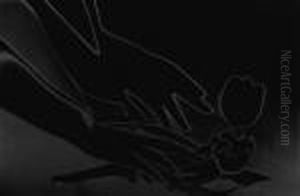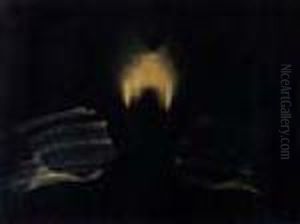Francis Joseph Bruguiere Paintings
Francis Joseph Bruguiere was an American photographer and avant-garde artist who played a significant role in the development of experimental photography, particularly in the early 20th century. He was born on October 15, 1879, in San Francisco, California, and began his career as a commercial photographer, which was a common entry point for many artists in the field at the time.
Bruguiere's work was heavily influenced by the pictorialist movement, which emphasized beauty, tonality, and composition as opposed to documentary photography. However, as his career progressed, he moved beyond pictorialism and became more experimental. He became known for his use of light and shadow, abstract forms, and the manipulation of photographic materials, which was quite innovative for his time.
In the 1920s, Bruguiere moved to New York City, where he became involved with the avant-garde circles that included artists, writers, and intellectuals. This was a time when photography was beginning to be recognized as a form of fine art, and Bruguiere's work contributed to this change in perception. He experimented with multiple exposures and photomontage, creating images that were ahead of their time in terms of abstraction.
One of his most notable contributions to avant-garde photography is his work with the 'cut-paper abstracts.' These images, created in the late 1920s, involved cutting and layering paper in abstract shapes and photographing them in ways that played with light, shadow, and form. These works were particularly influential in the context of the development of abstract photography.
Bruguiere was also involved in theatre and film. He collaborated with writer and filmmaker Kenneth Macpherson on the 1928 film 'Borderline,' which starred Paul Robeson and is considered a landmark in experimental film. His interest in stage lighting and set design is evident in the dramatic use of light and shadow in his still photography as well.
Francis Joseph Bruguiere's health began to decline in the late 1930s, and he eventually moved back to San Francisco. He continued to work, although at a reduced capacity, until his death on May 8, 1945. His legacy lives on through his contributions to the art of photography, particularly in the realm of abstraction and experimental techniques. His work is held in the collections of various prestigious institutions and continues to be studied and appreciated for its innovative qualities and artistic significance.

